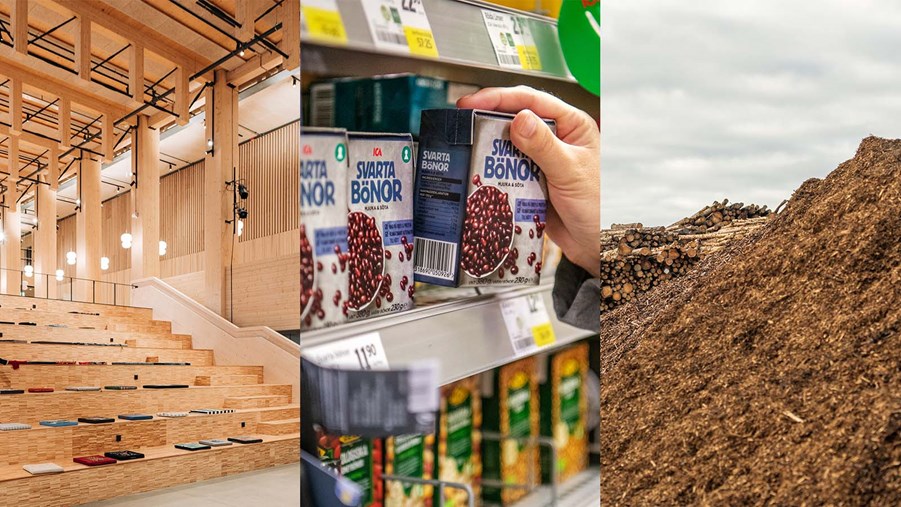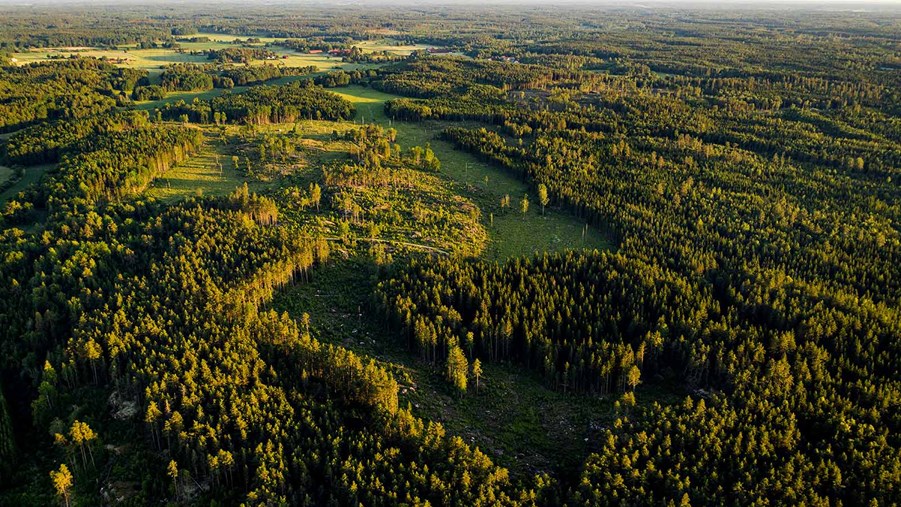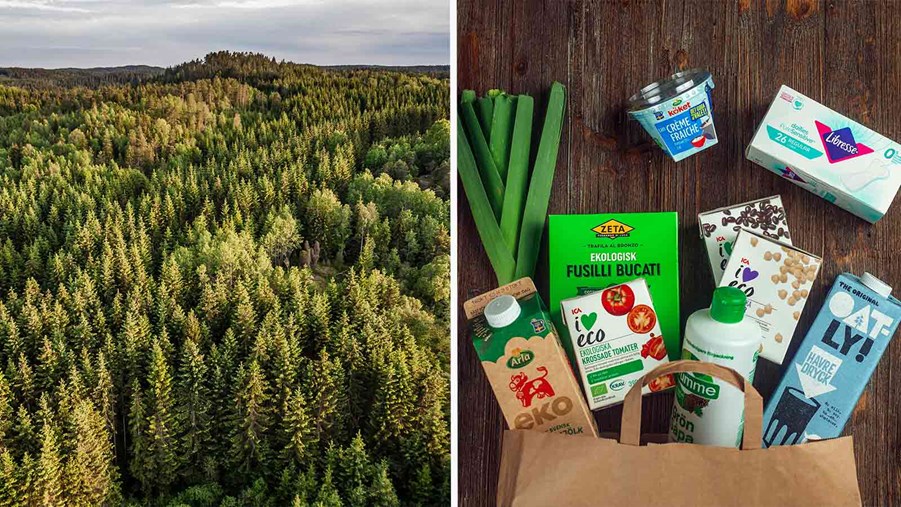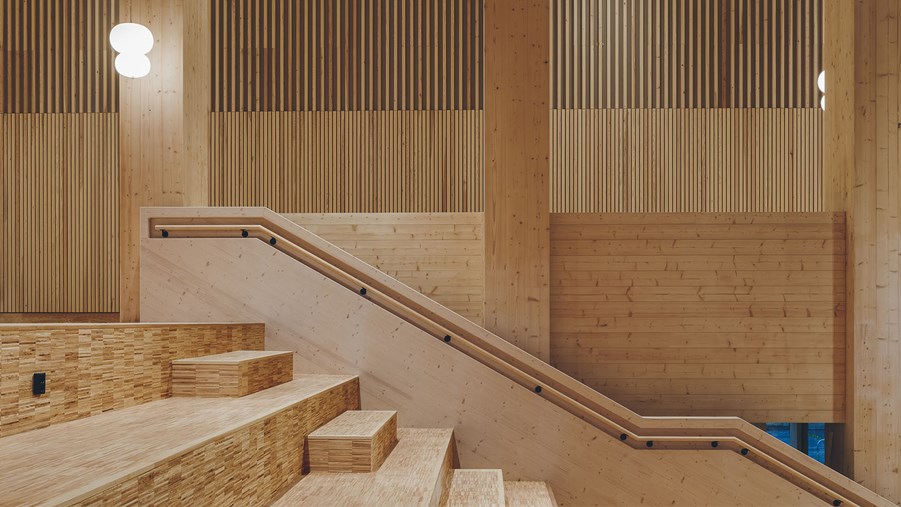
Active forestry, with high growth and the use of products from renewable raw materials, offers long-term climate benefits.
In December 2023, after many years of discussion, the EU Commission decided that its new LULUCF regulation would come into effect. The legislation requires net emissions in the EU to be reduced by at least 55 per cent by 2030. Sweden is expected to provide the Union’s largest carbon sink effect with four million tonnes of increased carbon absorption by 2030.
One possible way to increase absorption would be to stop forestry and leave forests untouched, relying entirely on trees’ natural ability to absorb and sequester carbon dioxide. However, Sweden has always argued that this is wrong-headed.
“Seeing forests purely as carbon sinks to solve short-term goals and continue fossil consumption is like cleaning your home by putting all your rubbish in the wardrobe. The major benefit forests have to offer is replacing fossil materials. Because when we talk about forests as carbon sinks, we must remember that forests aren’t entirely stable: they are subject to storms, fire and disease – things that humans can never influence,” says Linda Eriksson, Forest Director, Swedish Forest Industries.
Over the course of their lifetime, trees also absorb carbon dioxide differently. They absorb most during their growth phase, for example. As trees age, growth begins to slow, and thus the storage of new carbon also decreases.
Smart cities could become carbon sinks
By instead using wood in as many applications as possible – construction and furniture making for example – carbon dioxide can continue to be stored. A four-storey wooden house results in a net uptake of 150 tonnes of carbon dioxide equivalents (CO2e), research conducted by Mid Sweden University shows. This also enables more fossil-intensive materials to be phased out.
“When we use wood to construct buildings, for example, the amount of carbon stored increases. If we build in wood, our cities can act as carbon sinks. And we’ll still also need packaging materials, clothes and energy in the future. The climate transition means that we have to stop using fossil materials that produce large carbon loads,” says Magnus Berg, Director Public Affairs, Swedish Forest Industries.
“If we reduce the availability of renewable material, for example by felling fewer trees, achieving the climate transition becomes more difficult because this reduces opportunities for substitution. Reduced harvesting and a more limited market offering make it more difficult for consumers to choose fossil-free alternatives,” Berg adds.
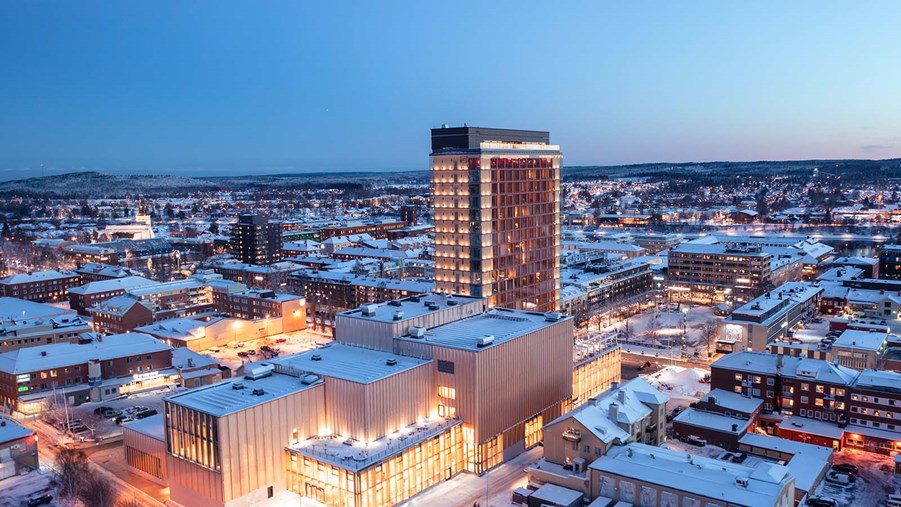
Considerable interest in the storage of biogenic carbon dioxide
Considerable interest exists in the forest industry in the capture and product extraction of biogenic carbon dioxide.
“Biogenic carbon dioxide may ultimately become a new raw material. But capturing carbon dioxide is a process that in itself needs large amounts of energy and more research,” says Torgny Persson, Director of Research and Innovation at Swedish Forest Industries.
Much research interest is currently focused on the potential of collecting and storing biogenic carbon dioxide found in forest industry factories.
“The hope is to be able to capture carbon dioxide from factories and then store it, perhaps in exhausted North Sea oil wells, or even better: make new products from carbon. However, more research is needed before that is possible,” says Persson.
